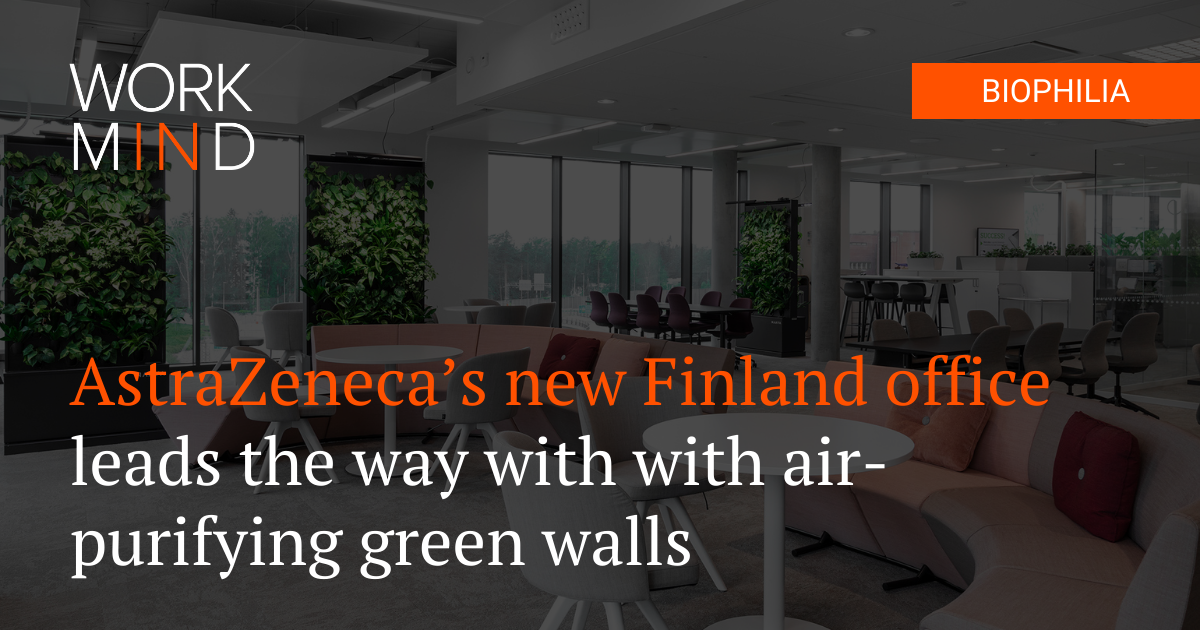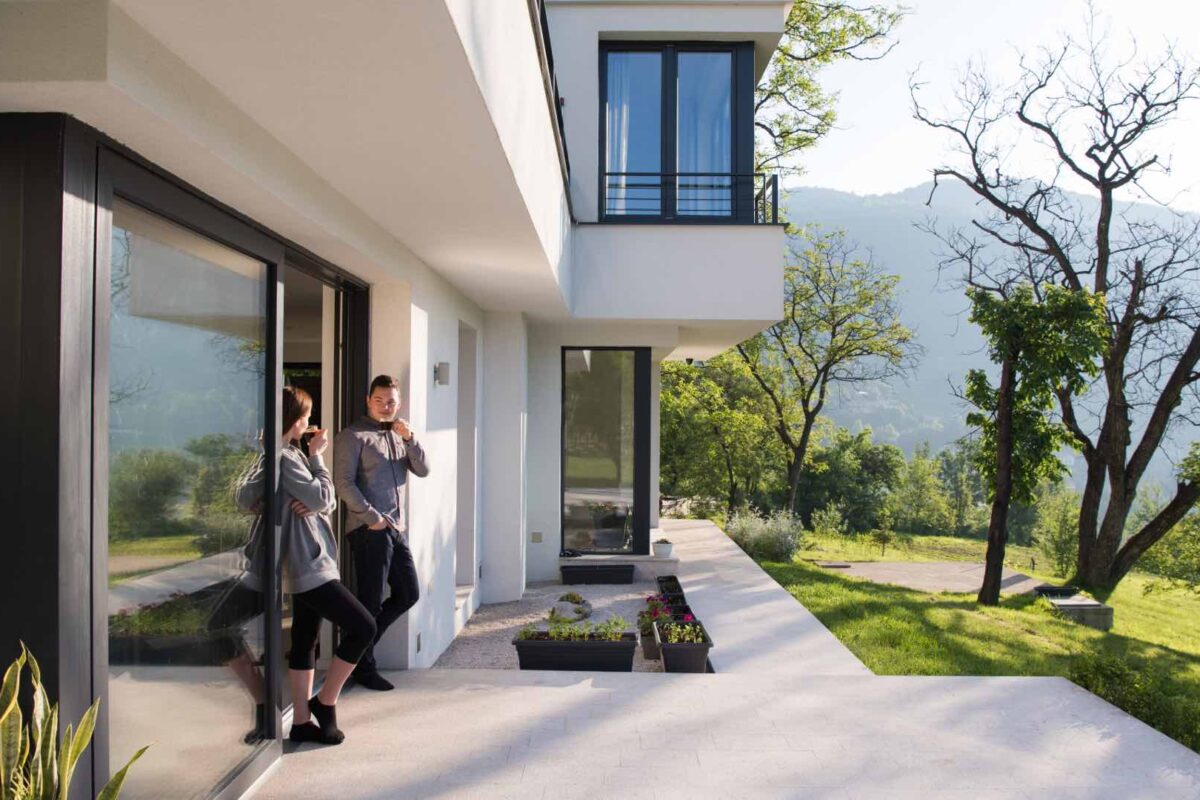Have you ever wondered why we are drawn to having a view from your window? Or why an interior space designed to accentuate natural lighting helps us stay more alert? These … are called biophilic design, which focuses on incorporating aspects of nature into manmade elements. Here, we’re exploring exactly what biophilic design is and the benefits it can bring to your workplace and wellbeing.
What is biophilic design?
Biophilic design is a burgeoning architectural concept that seeks to integrate nature into the built environment. By incorporating natural elements, materials, and patterns, this design philosophy aims to reconnect people with nature, fostering a sense of tranquillity and improving overall wellbeing.
The core principle of biophilic design is to create spaces that mimic the patterns and elements found in nature. Etched into a framework from consulting firm Terrapin Bright Green, there are 15 key patterns we can utilise to enhance the spaces we inhabit. These include creating a visual connection to nature, adding in the presence of water, and creating a material connection to nature by using mediums such as wood.
The overarching idea of biophilic design is to create environments that engage the senses and evoke a connection with the outdoors, even within urban settings.
The business case for biophilic design
This approach extends beyond mere aesthetics, as research has demonstrated profound impacts of biophilic design on the health and productivity of building occupants, particularly employees in office spaces. A report released by PLP Labs, “Reap What You Sow,” co-authored with Loughborough University, the University of Reading, and plant experts Benholm, offers a method to quantify and monetize wellbeing and environmental benefits of biophilic design.
The study conducted an eight-week pilot in PLP Architecture’s London studio, assessing varying levels of indoor greenery and outdoor views. It found that:
- A financial proxy was applied to the data, showing up to a 200% increase in wellbeing and environmental value in biophilic office spaces.
- Notable disparities were observed among different biophilic scenarios, with setups lacking views and greenery having the lowest net value (£11,627).
- The typical scenario resembling a standard office, with moderate outdoor views and indoor greenery, had the highest net value of £22,211.
With financial data to back up the business case, building overs, landlords, and office managers can start to justify the investment of incorporating biophilic design into office spaces.
Work in Mind actively covers news and topics on biophilic design. If you’re interested in contributing, get in touch and read our editorial guidelines.
Sophie Crossley
Sophie Crossley is our Content Editor. She has 5+ years of experience in comms with a focus on wellbeing, the built environment, and lifestyle.





